As the effects of climate change become increasingly profound, the importance of providing safe havens for wildlife cannot be overstated. Birds, in particular, are highly vulnerable to these changes, as altered weather patterns and habitat destruction continue to threaten their survival. By transforming your garden into a bird-friendly sanctuary, you can offer a vital refuge to our feathered friends. In this article, we’ll explore 15 practical ways to create a more welcoming environment for birds in your backyard, supporting their survival for generations to come.
Choose Native Plants
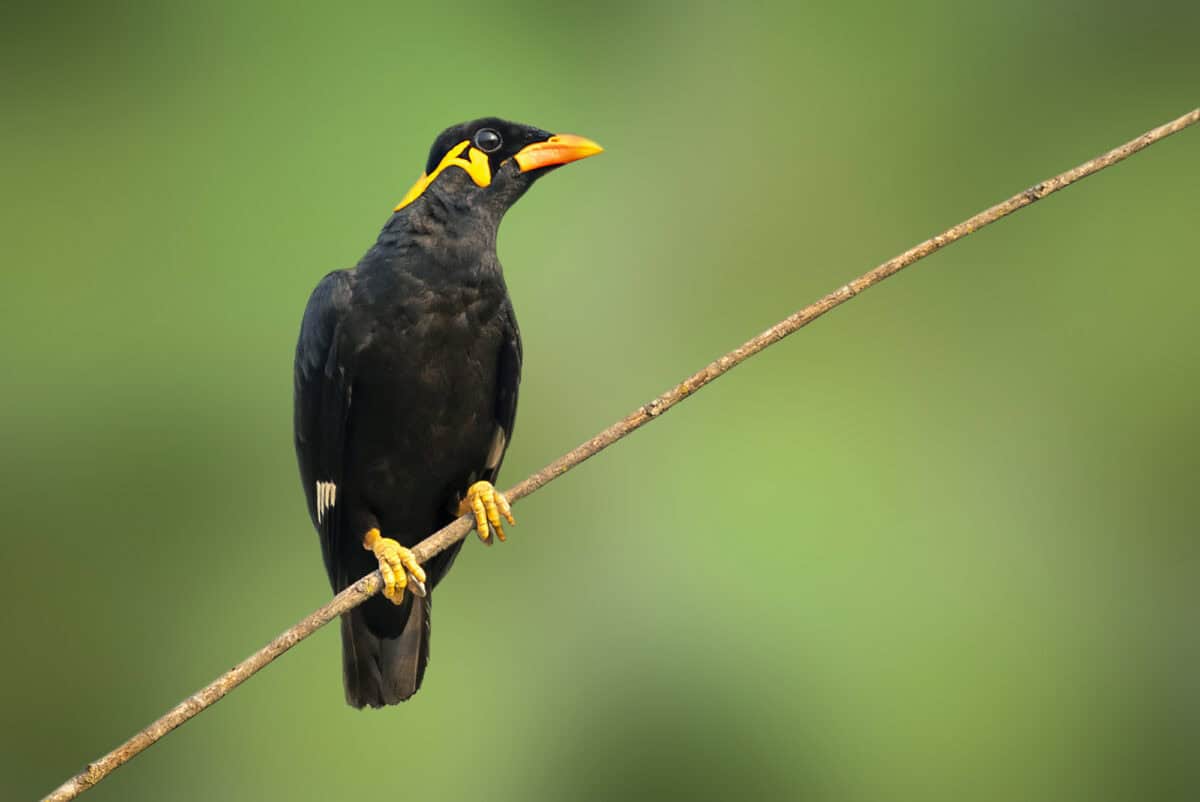
Native plants are perfectly adapted to the local climate and soil conditions, providing an ideal food source for local bird species. When selecting plants for your garden, opt for native varieties that produce seeds, nectar, or berries, which can serve as critical food sources for birds throughout the year. These plants not only attract birds but also support a wide range of insects that birds feed on.
Provide Fresh Water Sources

A reliable water source is essential for birds, especially during hot weather or droughts. Installing a birdbath or shallow pond can help birds stay hydrated and cool. Ensure that the water is clean and fresh, replenishing it regularly to prevent stagnation. Consider adding a small fountain or dripper to keep the water moving, which can attract more birds and prevent mosquitoes from breeding.
Offer a Variety of Bird Feeders
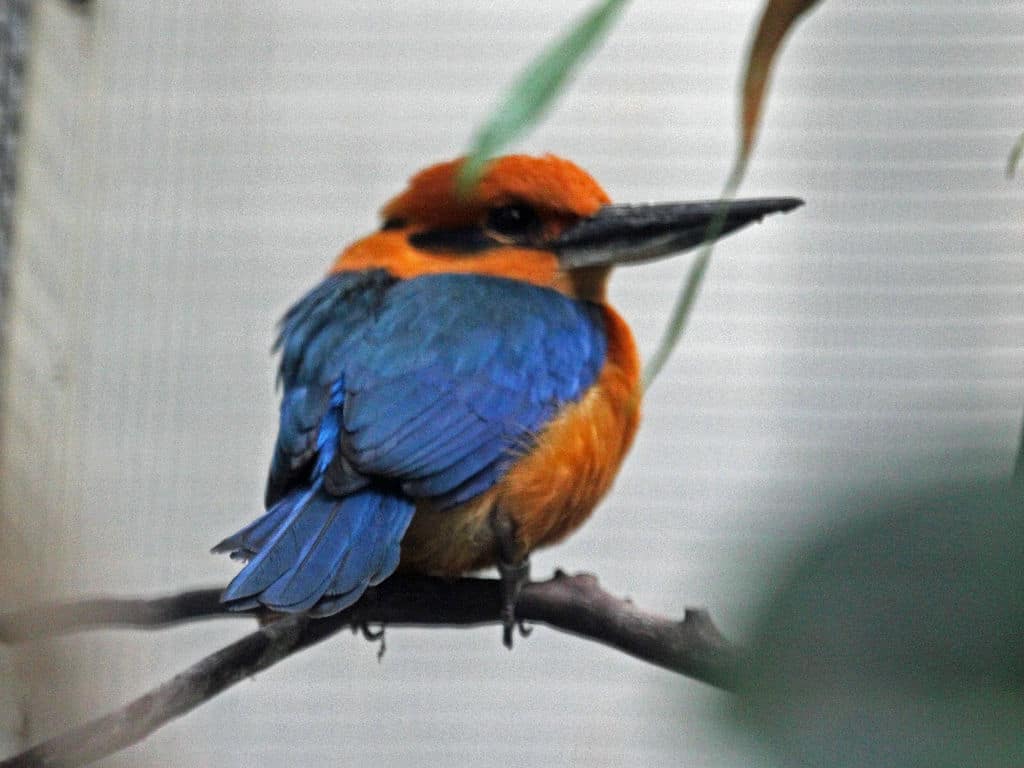
Different bird species have different dietary preferences, so it’s important to offer a variety of feeders that cater to diverse tastes. Use a mix of seed, suet, and nectar feeders to attract a wider range of birds. Place these feeders at varying heights and locations in your garden to accommodate both ground-feeding and tree-dwelling species.
Plant Layers of Vegetation

Creating layers of vegetation, from ground cover to shrubbery and canopy trees, mimics natural habitats and provides shelter, nesting sites, and feeding opportunities for birds. This diversity in plant heights also offers varying perching options and protection from predators, making your garden more attractive to different bird species.
Incorporate Birdhouses and Nesting Boxes

Birdhouses and nesting boxes can provide much-needed nesting sites for cavity-nesting birds such as bluebirds, chickadees, and woodpeckers. When installing these structures, ensure they are made from durable materials and are adequately ventilated. Position them in safe locations where predators cannot easily access them.
Avoid Pesticides and Chemicals

Pesticides and chemicals can harm birds directly through ingestion or indirectly by reducing their food sources. Choose organic or natural alternatives for pest control and opt for integrated pest management strategies to maintain a healthy balance in your garden. Encouraging natural predators, such as ladybugs and lacewings, can help control pest populations without the need for harmful chemicals.
Create a Brush Pile

A brush pile made of twigs, branches, and leaves can provide crucial shelter for birds seeking protection from harsh weather or predators. This natural habitat component offers safe hiding spots and can attract insects that serve as additional food sources for birds. Place the brush pile in a quiet corner of your garden to ensure minimal disturbance.
Install Bird-Friendly Windows

Collisions with windows are a significant threat to birds. To reduce this risk, consider applying decals, films, or screens to your windows. These modifications make the glass more visible to birds, helping to prevent deadly accidents. Additionally, positioning feeders closer to windows can mitigate the chances of high-speed collisions, as birds will take off and land at shorter distances.
Minimize Light Pollution

Artificial lights can disorient migratory birds and disrupt their natural behaviors. To minimize light pollution in your garden, use motion-activated lights or install low, downward-facing fixtures. By reducing unnecessary lighting, you create a more hospitable environment for nocturnal bird species and those passing through during migration.
Provide Grit and Sand

Birds often require grit or sand to aid in digestion and maintain healthy plumage. By adding a small pile of sand or finely crushed stones to your garden, you supply an often-overlooked resource that many bird species need. Place it in an easily accessible area, away from high traffic zones, where birds can use it undisturbed.
Support Pollinators
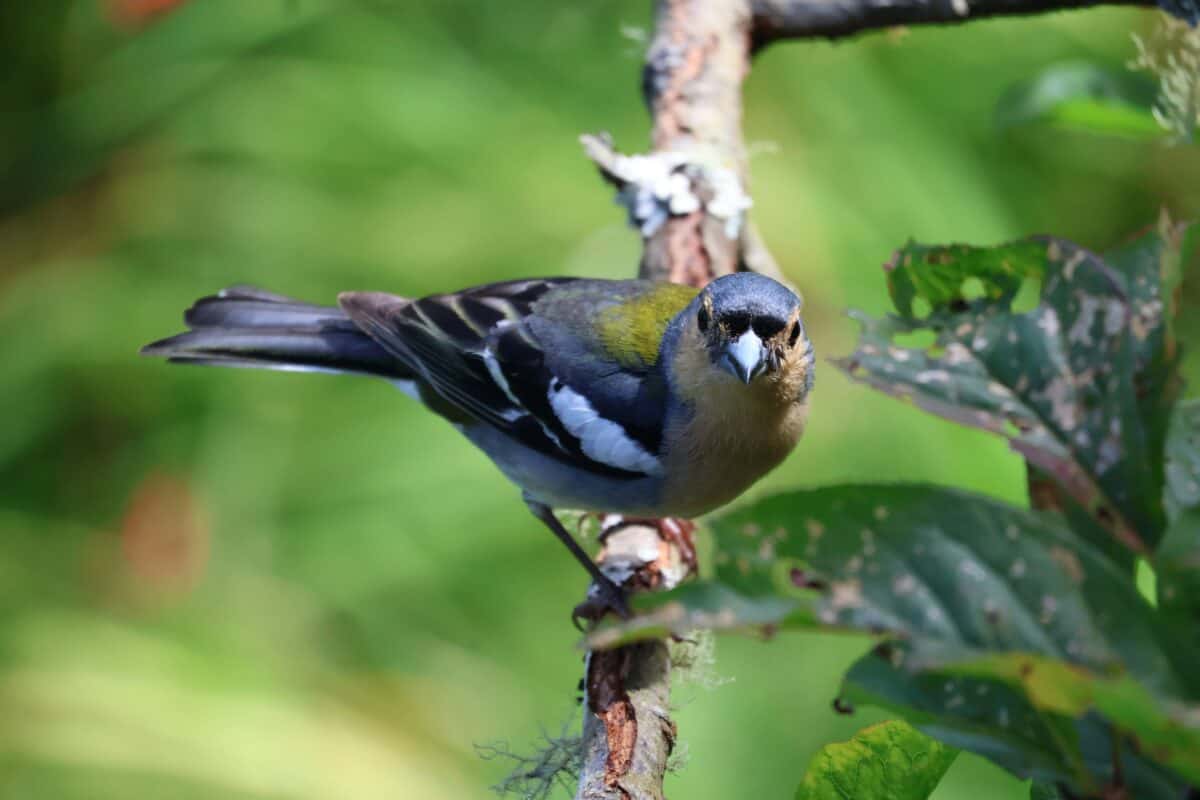
Pollinators play a crucial role in the ecosystem by fertilizing plants that provide food and habitat for birds. By planting a variety of flowering plants and avoiding pesticides, you can support a thriving population of pollinators such as bees and butterflies. In return, these lively insects will assist in creating a flourishing ecosystem that birds can thrive in.
Engage in Citizen Science Projects
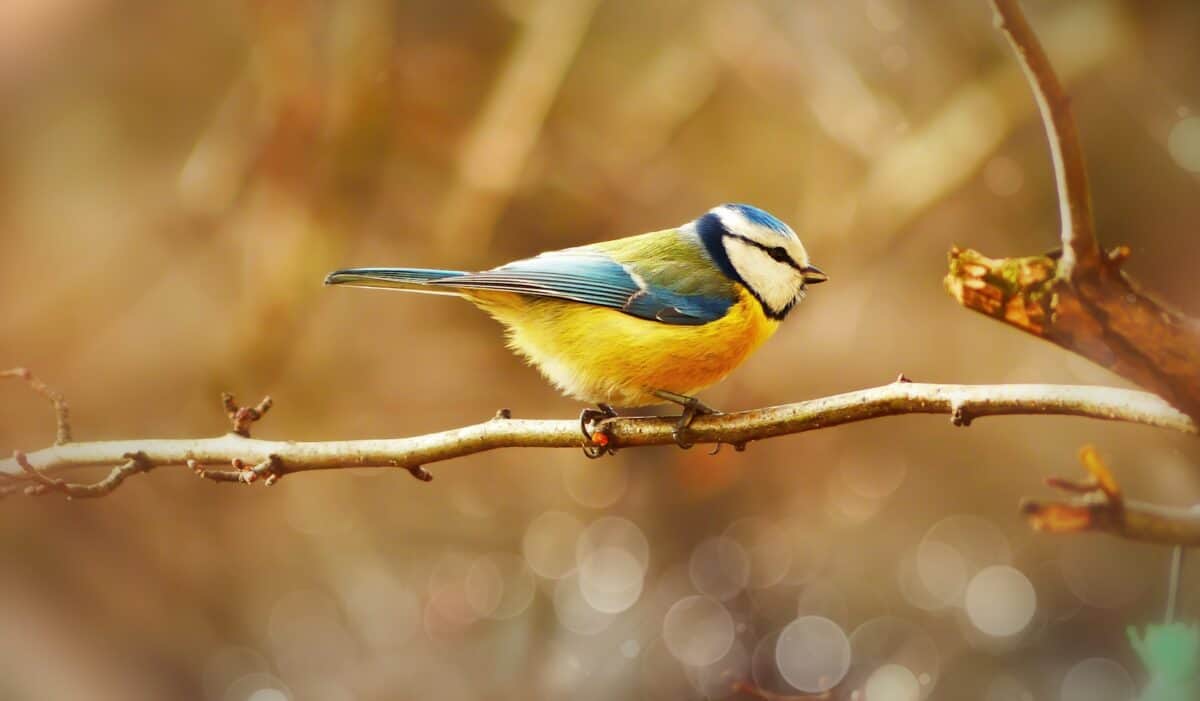
Participating in citizen science projects can help track bird populations and their responses to climate change. By monitoring the bird activity in your garden and reporting it to relevant databases, you can contribute valuable data supporting conservation efforts. This engagement not only enriches your understanding of local bird species but also fosters a deeper connection to the natural world.
Embrace Seasonality

To maintain a bird-friendly garden year-round, adapt your gardening practices to the changing seasons. Allow some plants to go to seed in the fall and leave leaf litter on the ground in winter to offer food and shelter. In spring and summer, provide ample fresh water and nesting materials as birds raise their young. By embracing seasonality, you ensure your garden remains a welcoming sanctuary all year long.
Encourage Biodiversity

A diverse ecosystem supports a healthy bird population. Cultivate a variety of plant species, create habitats for insects and small mammals, and promote a balanced ecosystem without overly managing every aspect. The more biodiversity you encourage, the more resilient your garden will be against the impacts of climate change.
Educate and Inspire Others
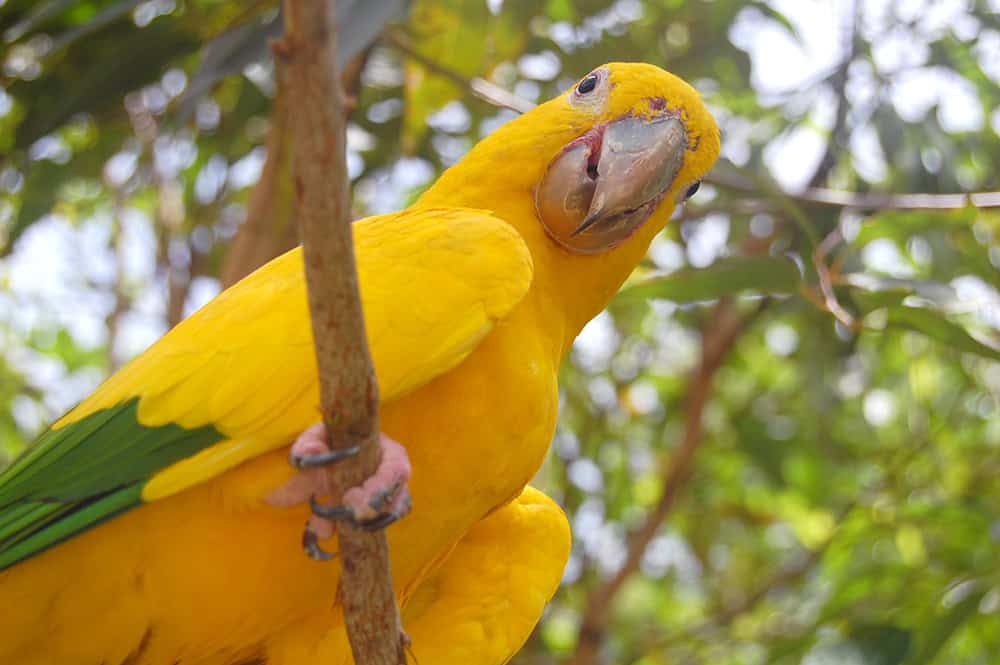
Share your journey in creating a bird-friendly garden with friends, family, and neighbors. By inspiring others to take similar actions, you can create more bird-friendly spaces in your community and collectively support bird conservation efforts. Education and inspiration are powerful tools in promoting awareness and action in the face of climate change.
Conclusion

In conclusion, creating a bird-friendly garden amid climate change is a rewarding endeavor that benefits both wildlife and the environment. By implementing these 15 strategies, you can transform your garden into a haven for birds, supporting their needs while also contributing to broader conservation efforts. Each small step adds up to significant positive impact, ensuring a future where birds continue to thrive alongside us.
- 13 Wild Babies That Are Born Ready to Run - August 16, 2025
- 12 Wild Creatures That Can Regrow Entire Limbs - August 16, 2025
- How Do Whales Communicate Across Thousands of Miles? - August 16, 2025

